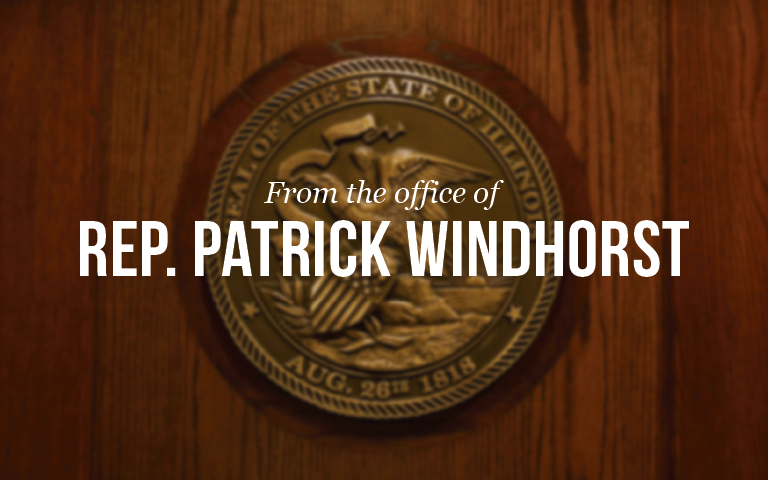At the end of Session last spring, the Illinois General Assembly approved and Governor Pritzker signed SB 1932, which created the Property Tax Relief Task Force. The task force is designed to evaluate Illinois’ property tax system and issue a final report suggesting reforms by December 31, 2019. The task force is made up of nearly 90 members and began meeting in August. As of this writing, no final report has been submitted to the Governor and General Assembly as required.
At the time of its passage, many Republicans criticized the creation of the task force as simply window dressing, given the state’s long history of property tax task forces going back to 1975 without passing any real reform to the system. This task force is proving to be no different than the prior versions. In addition to missing the deadline for a final report, the task force has failed to include any of the 26 possible reforms suggested by Republicans in its draft report.
Illinois’ burdensome and outdated property tax system causes our state to have the second-highest property taxes in the nation and is a main reason Illinois has the overall highest tax burden in the country by some measures. While property tax rates vary throughout the state, it is possible to compare average property tax bills in Illinois with those tax bills in other states. For a house at the nation’s median home value, the average annual property tax bill in Illinois is $4,476. In Missouri for the same valued home, the average property tax bill is $1,910. While in Indiana, the average property taxes would be $1,679, and in Kentucky, they would be $1,667.
With those property tax disparities, it is no surprise that Illinois is losing population and that property taxes are often viewed as a main reason for the decline. Since 2010, Illinois has lost over 150,000 residents, the most residents of any state in the nation. The loss in population has resulted in a loss of $5.6 billion in adjusted gross income and cost the state approximately $230 million in additional income tax revenue in 2018 alone. The population loss and decline accompanying tax revenue means the tax burden on those who remain becomes even more difficult to bear.
The population loss has been disproportionately larger in our area. All of the counties that comprise the 118th district lost population from 2010 to 2018, with an estimated total population loss in those counties of over 10,000, which is just over a six percent decline.
Many factors cause Illinois’ high property taxes. First, Illinois has over 6,000 units of local government, the most of any state. The majority of those units of government levy property taxes. Some of these units of local government provide overlapping services. Second, property taxes are a primary funding source for local governments, particularly school districts. The state constitution says the state, not local property taxpayers, has the primary responsibility for financing public education.
The state has consistently failed to be the primary funding source for local school districts, which has forced districts to rely more heavily on property taxes. Third, other considerations like local public employee pension obligations and unfunded mandates, which are requirements passed by the state and imposed on local governments without state funding thereby increasing the cost of government borne by the local taxpayers, have created upward pressure on property taxes.
Several options exist to address property taxes. One proposal to reduce units of local government would allow voters to consolidate certain units of government by automatically placing a referendum on the ballot without requiring the approval of the governing board of the governmental unit. This proposal would mainly be directed at consolidating K-8 school districts with high school districts into unit districts as well as consolidating or dissolving certain townships.
Another proposal involves placing more of the obligation for funding schools on the state government rather than the local school districts. The evidence-based funding model passed in recent years is a step in that direction. More state funding for school districts will likely mean a reduction in spending in other areas of the state’s $40 billion budget.
Illinois’ property tax problem was not created overnight, and it will likely take some time before our state has property tax rates closely comparable to surrounding states. Given the complexities of the system, no easy solution exists, but that does not excuse a lack of reform. To help reduce the outmigration of our state and region, it is vital that the General Assembly make diligent efforts to reform our overly burdensome property tax system.
The time to start is now.
Submitted by 118th District State
Representative Patrick Windhorst (R-Metropolis) on January 21, 2020.
####
